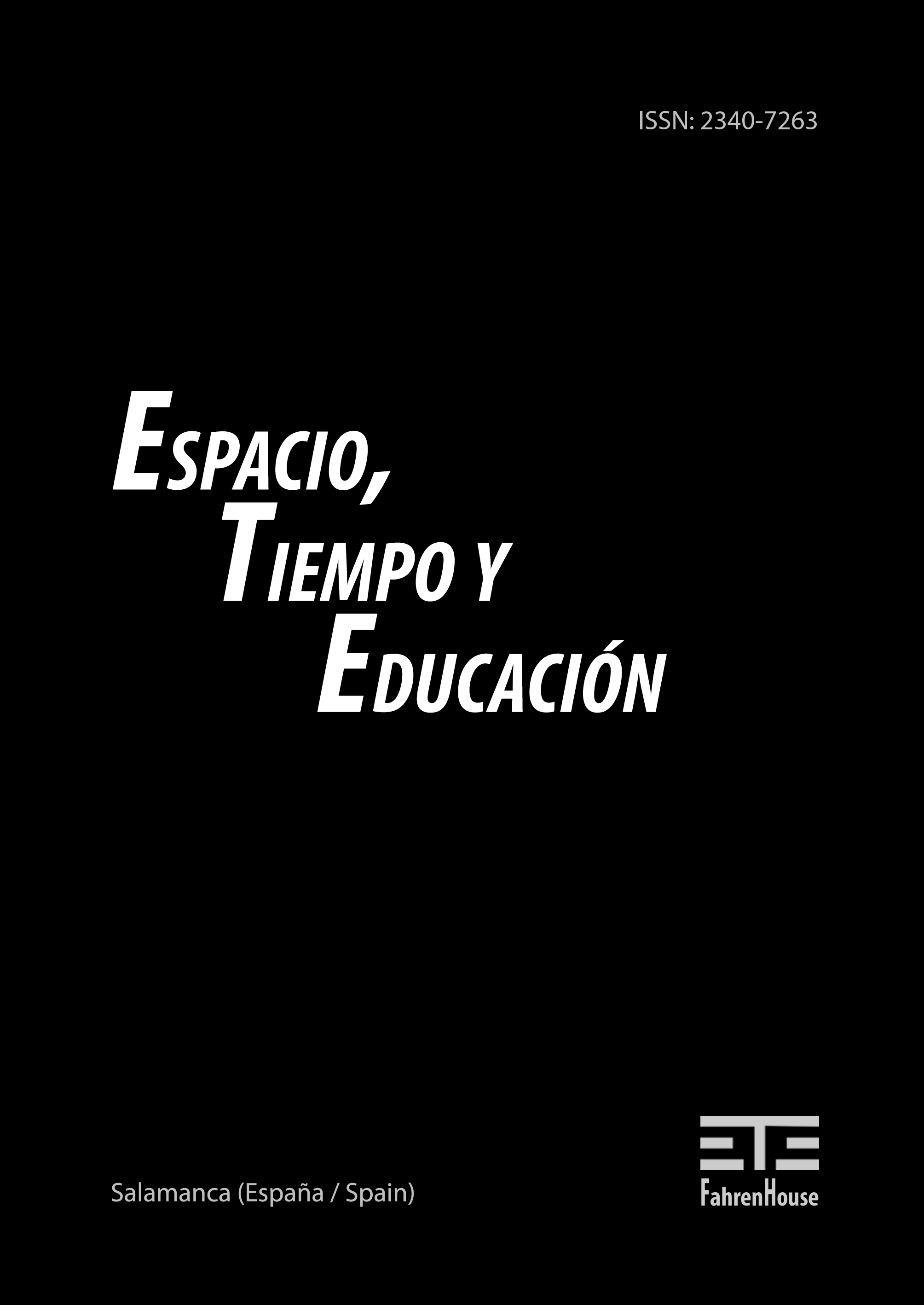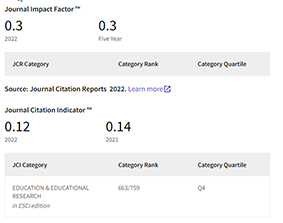The Asian Examples and Perspectives
DOI:
https://doi.org/10.14516/ete.247Parole chiave:
Asia, History of Education, Modern education, Japan, MalaysiaAbstract
In this special issue we address how modern education crosses the borders of states, cultures and ethnicities towards developing universalistic perspectives. The Present Special Issue consists of 6 articles, 5 of them are on modernization of education in Japan and the remaining one discusses the issues concerning school education in Malaysia. Each paper illustrates the readers some of the typical phases of educational transitions which have been commonly observed in Asia. They represent reflexively and historically the educational situations which have been surrounding us all.
Riferimenti bibliografici
Bhabha, H. (1994). The Location of Culture. London: Routledge.
Gluck, C., et al. (2016). Modern Era as a History of Ideas. Tokyo: Iwanami-Shoten. (Japanese version).
Gluck, C. (1944). Grammar of Modernity. Shiso (Thought, monthly Journal), (845), pp.1-5.
Heathcote, D., & Bolton, G. (1994). Drama for Learning: Dorothy Heathcote’s Mantle of the Expert approach to education. Portmouth, NH: Heinemann Press.
Hobsbawm, E. (1997). On History. London: Weidenfeld and Nicolson.
Hobsbawm, E. (2003). Hobsbawm Rekishiron (Hobsbawm on History). Tokyo: Minerva-Shobo.
Ikumatsu, Keizo. (2000). An Overview on the 20th Century Thinkers. Iwanami Gendai Bunko, Shakai, (26) -.
Kahler, E. von. (1920). Der Beruf der Wissenschaft. Berlin: Bondi
Kahler, E. von. (1937). Der deutsche Charakter in der Geschchite Europas. Zurich: Europa-Verlag.
Kahler, E. von. (1943). Man the Measure, A New Approach to History. New York: Pantheon Books.
Kitagawa, S. (2009). Dividing History. In T. Iida, et al. (Eds.), Rekishi/Monogatari no Tetsugaku (Philosophy of History/Stories) (pp. 73-93). Tokyo: Iwanami-Shoten.
McCulloch, G. (2016). The New Directions of History of Education. Occasional Paper, (1) -.
Rao, P. V. (Ed.). (2014). New Perspectives in the History of Indian Education. New Delhi: Orient Blackswan.
Suzuki, K. (2014). Diversity in School Buildings in Europe and the United States of America—in comparison with Japanese schools. Geijutsu-Kogaku e-no Sasoi (Invitation to Art Technology), (19), pp.17-27.
Suzuki, S. (2018 in print). A Note by A Reader. In S. Suzuki & Y. Imai (Eds.), European Universities and Knowledge in the past 200 years. Tokyo: Toshin-Do.
Suzuki, S. (2015). Illusion of a Lost Past: educational cohabitation of five ethnies in Manchuria; personal biographical notes and methodological reflections. In D. Brook Napier (Ed.), International Perspectives on Race (and Racism) (pp.37-71). New York: NOVA.
Suzuki, S. (2013). Japan: Cultural Roots versus Systemic Provision. In P. J. Hsieh (Ed), Education in East Asia (pp. 103-126), London: Bloomsbury.
Suzuki, S., & Yamaki, K. (2009). Transforming Popular Consciousness through the Sacralization of the Western School: the Meiji Schoolhouse and Tenno Worship. In J. Schriewer (Ed.), Comparative (pp.44-77). Leibzig: Leibzig Uuniversitaet Verlag.
Suzuki, S. (2006). Toward Holistic Knowledge-Base for Learning Facilitators: Conflict between the Global and the Local. In J. Sproges (Ed.), Identity, Education and Citizenship—multiple interrelations (pp. 239-259). Berlin: Peter Lang.
Suzuki, S. (2006b). School Building: around features of Japanese Open Schools in Comparative Education Society. Baptist University: Hong Kong.
Suzuki, S. (2002). What Kind of Geo-Bodies and What Kind of Research Units for Comparative Education? Research Bulletin, (13), pp. 47-55.
Suzuki, S. (2002b). Dialogue between East and West—UK and Japan in modern sense of space. Paper read at the First International Workshop: Educational System in East Asia and West Europe. Katholieke Universiteit Leuven, Leuven.
Suzuki, S. (1997). Shifts in Political Regimes and the Geo-political Reorganization of Educational Space: implication to comparative education. In B. von Kopp (Ed.), Vergleichende Erziehungswissenschaft: Festschrift fuer Wolfgang Mitter zum 70 Gebrusttag (pp. 143-151). Frankfurt am Mein: Boehlau.
Suzuki, S. (1988). Body—Knot of Theory and Practice in New Education. In N. Tomiji (Ed.), Theory of New Education (pp.189-210). Tokyo: Meiji-Tosho. (Japanese version).
Suzuki, S. (1987). Crisis and Methodology in Comparative Education: conceptual frame of time and its issues. Annual Bulletin, (36), pp. 79-97.
Suzuki, S. (1962). Chrestmatia by Bentham. Annual Bulletin, pp. 59-65. (Japanese version).
Ueyama, Y. (1980). Kingdom for Poets and Cage of Consciousness. Shiso (Thought, monthly Journal), (674), pp.1-22. (Japanese version).
Ueyama, Y. (2001). Myth and Science: European Knowledge Society—from the fin de cicle to the 20th century. Iwanami gendai bunko, (65), -. (Japanese version).
Vickers, E., Morris, P., & Shimazu, N. (Eds.). (2013). Imagining Japan in Post-war East Asia. London: Routledge.
Wagner, B. J. (1999). Dorothy Heathcote; Drama as a Learning Medium.







